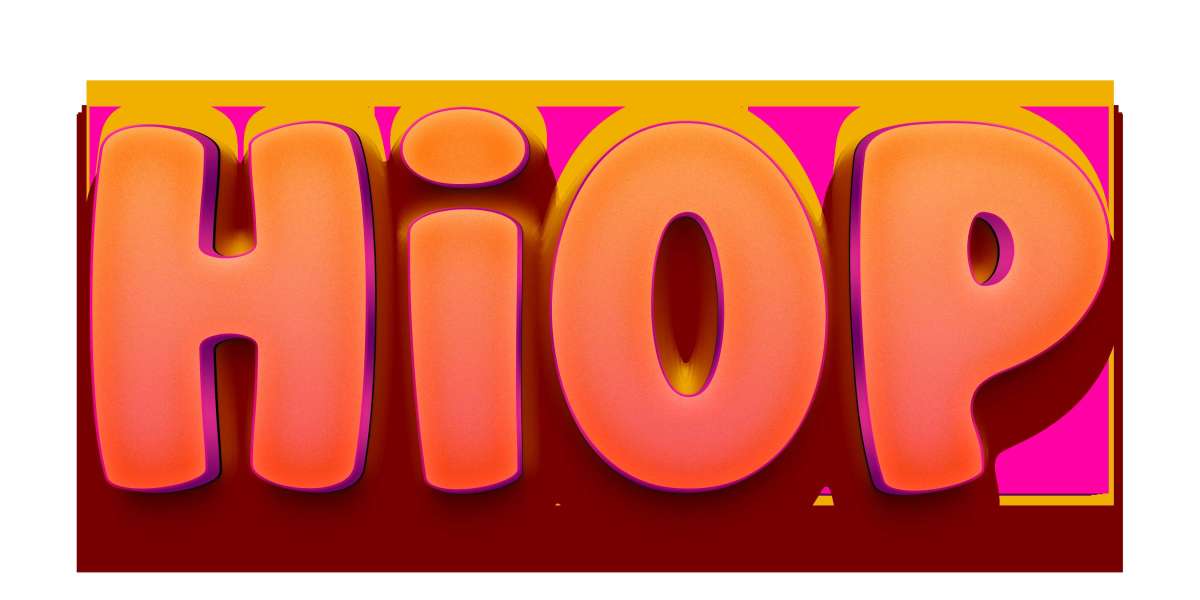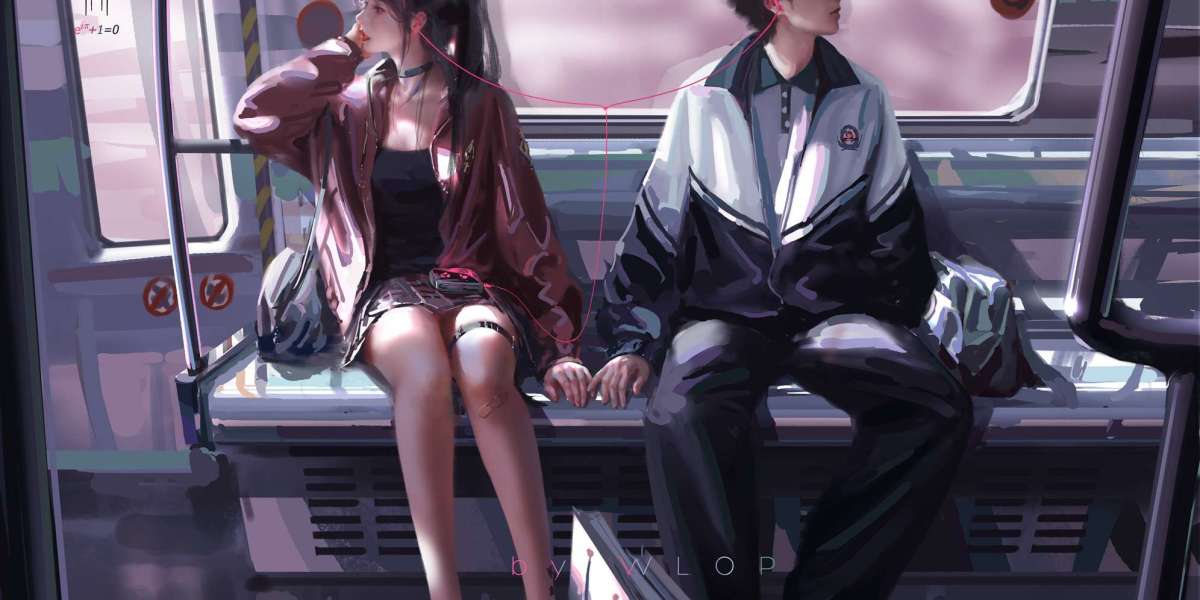3D printing has revolutionized the way we create objects, but it is not without its challenges. Understanding 3D print troubleshooting is essential for anyone looking to optimize their printing process. In this article, we will explore the top five common issues encountered during 3D printing and provide effective solutions to resolve them.
1. Warping
Warping occurs when the corners of a print lift off the build plate, leading to a distorted final product. This issue is particularly common with materials like ABS. To mitigate warping, consider the following:
- Ensure the build plate is properly leveled.
- Use a heated bed to maintain consistent temperature.
- Apply an adhesive substance, such as glue stick or hairspray, to the build plate.
2. Stringing
Stringing refers to the thin strands of plastic that can appear between parts of a print. This issue can be frustrating, but it can often be resolved through adjustments in your printer settings. Here are some tips:
- Reduce the nozzle temperature to minimize oozing.
- Increase retraction settings in your slicer software.
- Enable “Combing” in your slicer settings to avoid crossing open spaces.
3. Layer Adhesion Problems
Poor layer adhesion can lead to prints that are weak and prone to breaking. This issue can stem from various factors, including temperature and speed settings. To improve layer adhesion, consider the following:
- Increase the nozzle temperature to ensure better bonding.
- Adjust the print speed to allow for more time between layers.
- Ensure that your filament is dry and free from moisture.
4. Under-extrusion
Under-extrusion occurs when the printer fails to deliver enough filament, resulting in gaps and weak spots in the print. This can be caused by a clogged nozzle or incorrect settings. To troubleshoot under-extrusion, try the following:
- Check for clogs in the nozzle and clean it if necessary.
- Verify that the filament diameter settings in your slicer match the actual filament.
- Increase the flow rate in your slicer settings.
5. Over-extrusion
Conversely, over-extrusion happens when too much filament is deposited, leading to blobs and uneven surfaces. This issue can often be resolved by:
- Reducing the flow rate in your slicer settings.
- Calibrating the extruder steps per millimeter.
- Adjusting the nozzle temperature to prevent excessive melting.
Conclusion
Understanding and addressing these common issues is crucial for effective 3D print troubleshooting. By implementing the solutions outlined above, you can significantly improve your 3D printing experience. For more in-depth guidance on preventing 3D printing failures, visit this comprehensive guide.







